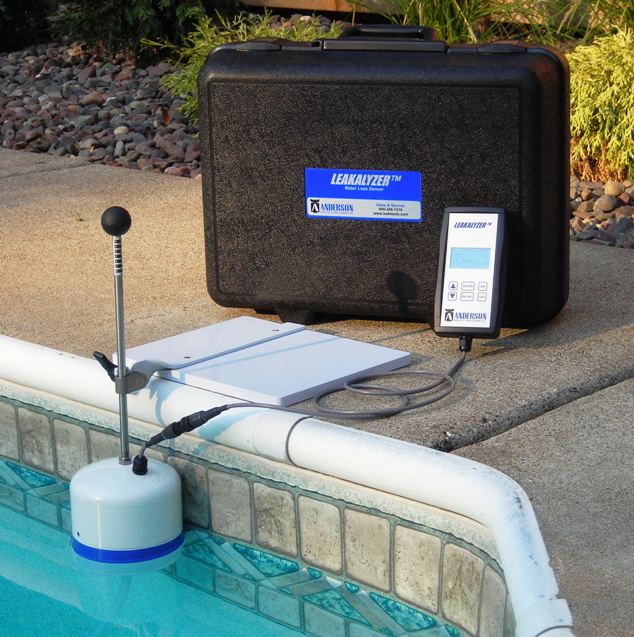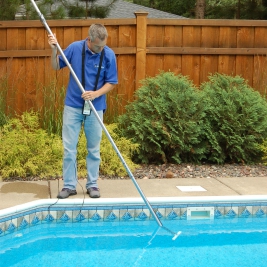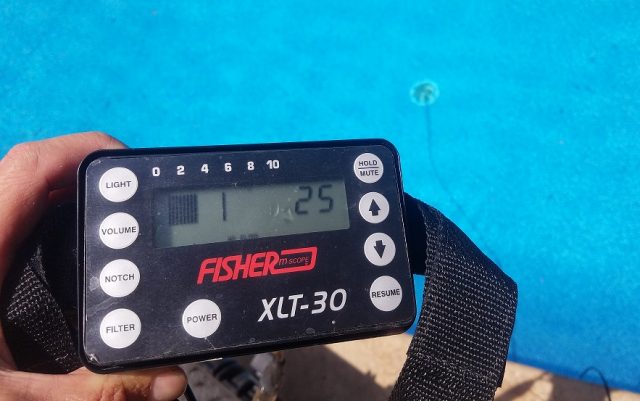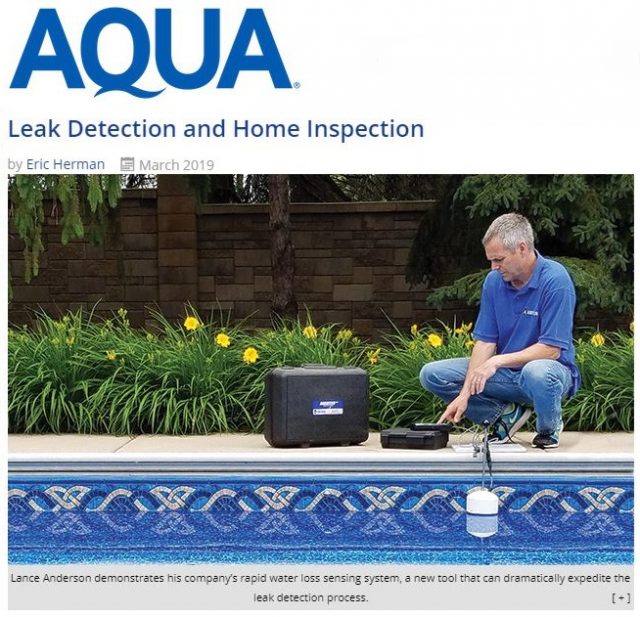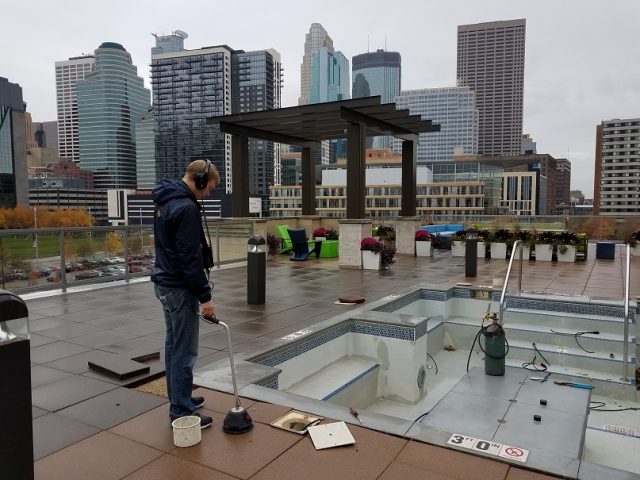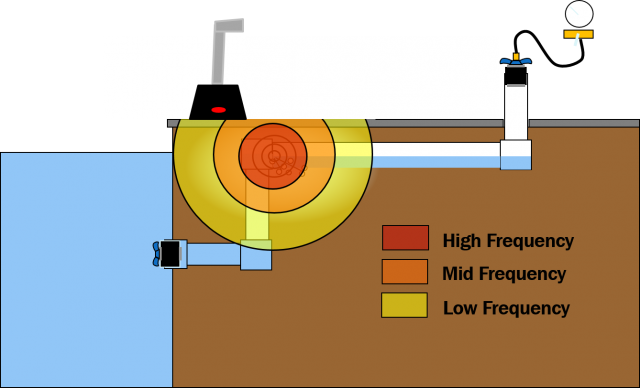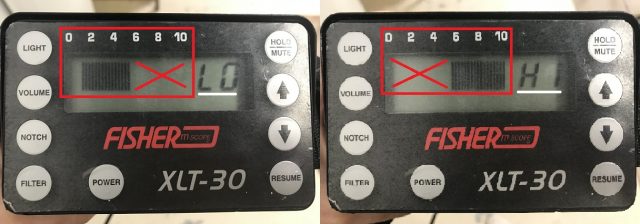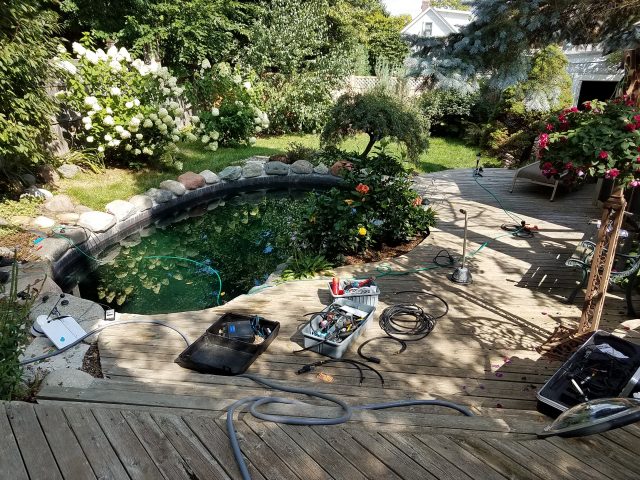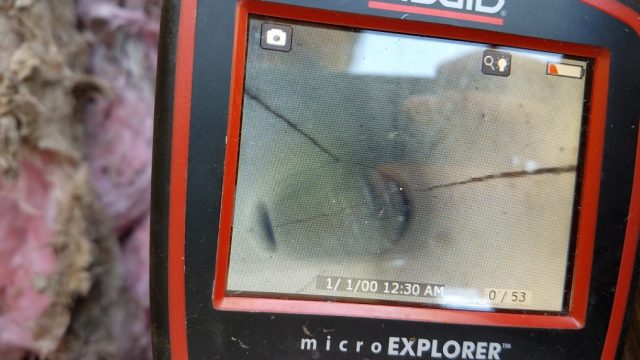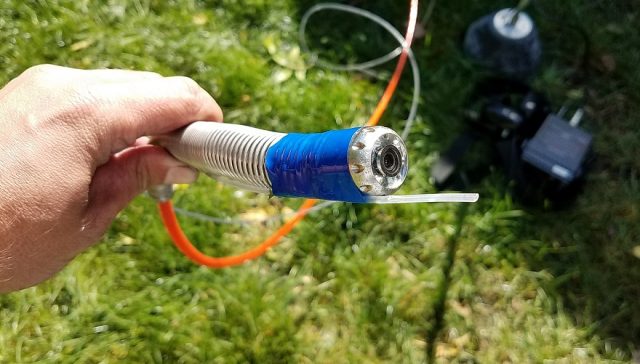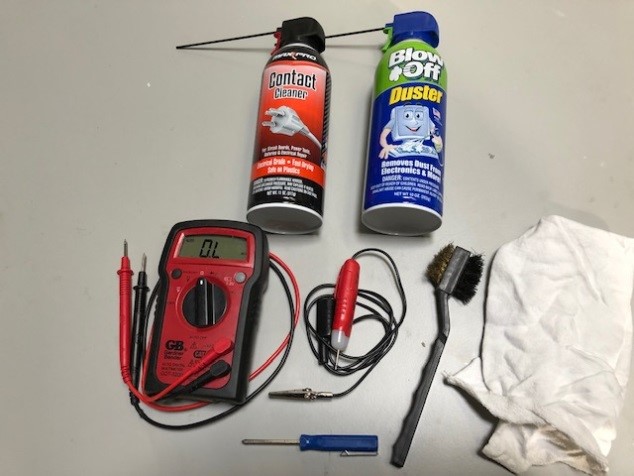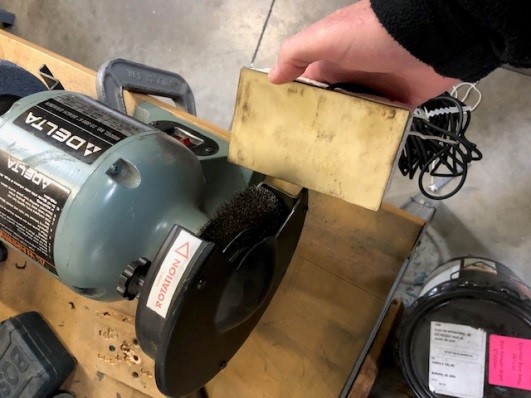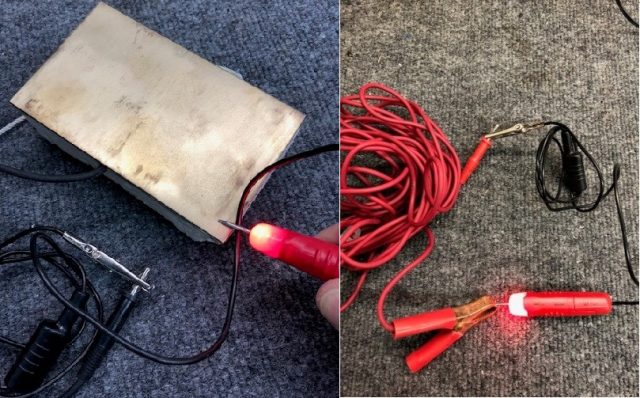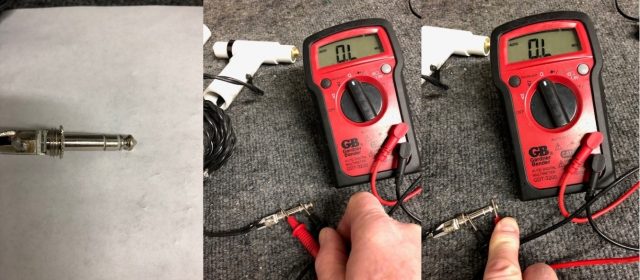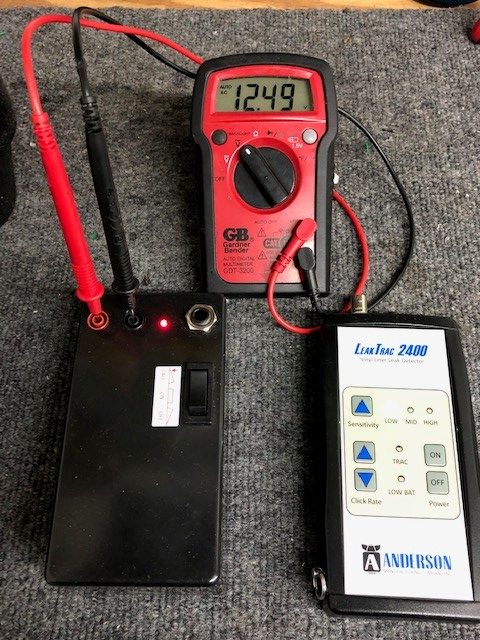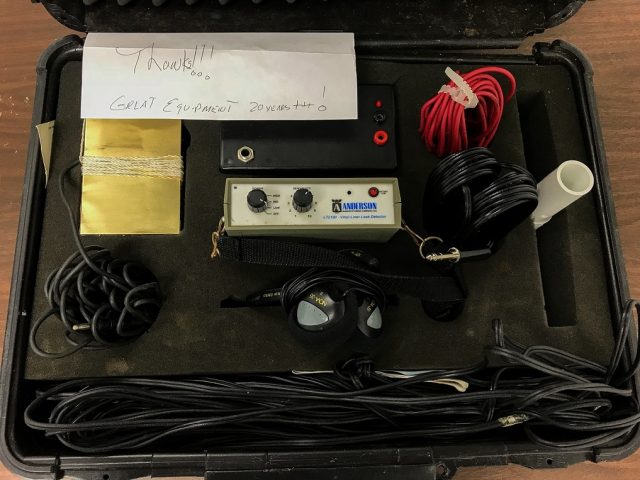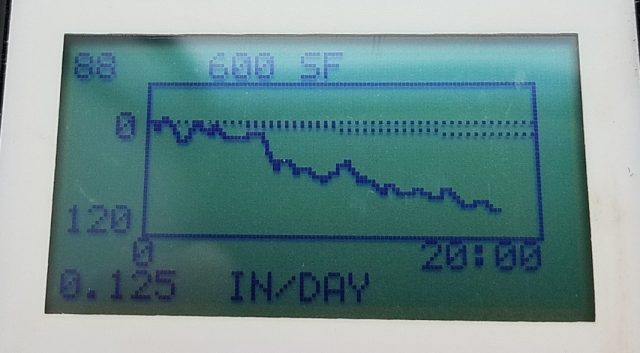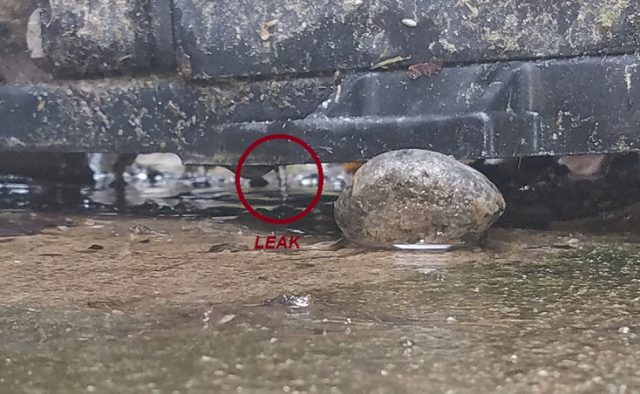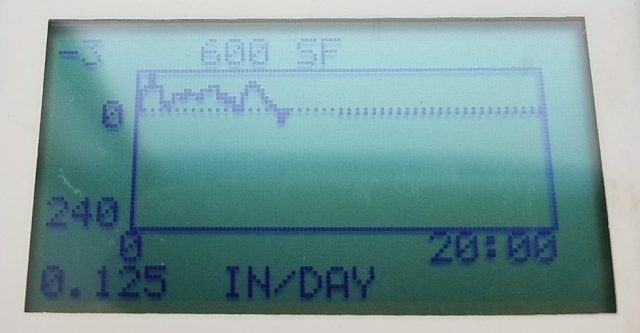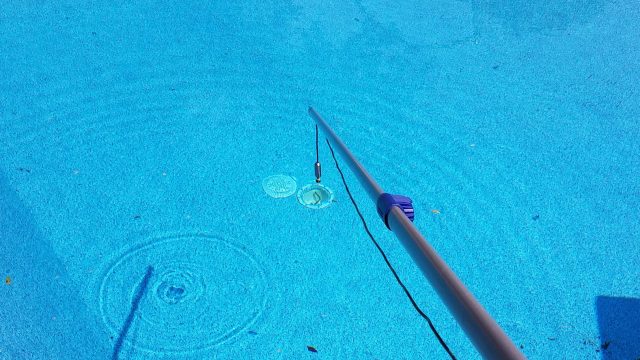There is no question that pinpointing underground pipe leaks in swimming pool plumbing can be tricky, especially when first starting out. While many different scenarios pose many different challenges, generally issues with pinpointing leaks fall into one of two categories:
- Not hearing a noise
- Hearing a noise in a large area and having trouble narrowing it down
Below are a few solutions to these common issues.
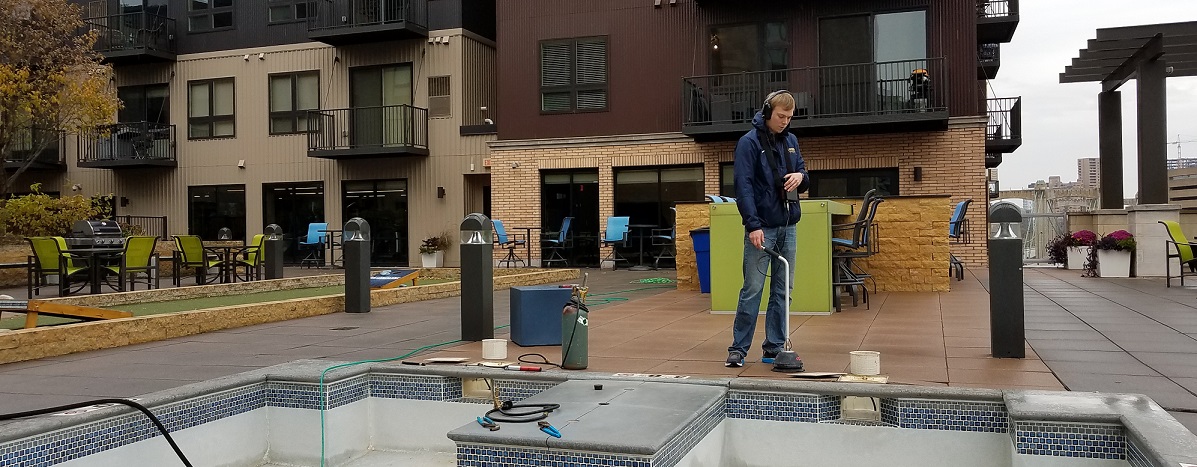
If You Can’t Hear A Noise:
First of all, don’t overlook just turning up the volume on your listening device. This can often be the fix for deeper leaks. However, more often than not adjusting your technique to make the correct leak noise is the solution to the problem. Remember, the noise you’re trying to achieve is a distinct bubbling gurgling noise that comes from air escaping through the leak into water saturated soil. For a refresh of the basics of this technique check out our “Pipe Leak Location” slideshow in the Resource Center. Below are the two most common problems that keep you from making a good leak noise.
1. Air is not reaching the leak
Air needs to be escaping from the leak into water saturated soil in order to make the noise that you’re listening for. Even if you’re inducing air into the plumbing, it may not be actually be reaching the leak due to leftover water in the pipe. Remember, water stays low in the plumbing and air stays high. If the leak is on the bottom of the pipe or in a lower section of the plumbing, it can take a long time for the induced air to push all the water out of the leak. Air can only reach the leak if all of the water above leak level has been purged from the line. Only once you’re sure that air is escaping from the leak is it time to start listening. There are two ways to be more confident that air is reaching the leak:
- One way to be sure air is reaching the leak is to remove the lowest plug from the line and completely purge all the water out of the line with air before reinstalling the plug and building air pressure. Since the location of the leak and how the plumbing runs is unknown at this point, this can be a time-saving solution.
- Another way to make sure air has reached the leak is to slowly push the remaining water out through the leak by inducing air into the line. Once enough water has been pushed out and air starts escaping from the leak you’ll see a dramatic drop in pressure on your pressure gauge. This happens because air escapes from a leak faster than water does, so when the air reaches the leak that cushion of air escapes rapidly . . producing the telltale pressure drop. Once this happens it’s time to start listening. On top of not having to remove and then replace plugs, another benefit to this approach is that you further saturate the soil outside of the leak, producing a better environment for a better noise. For safety, always watch the pressure gauge so that too much pressure doesn’t build up.
2. The soil is not saturated with water
Once you know that air has reached the leak, if you still can’t hear a noise you may be dealing with a situation where the soil is not saturated enough with water. If this is the case there are a few options:
- The first option would be to saturate or re-saturate the soil by inducing more water into the pipe and letting it escape out through the leak. Once the soil is saturated, switch back to inducing air and listen with your listening device.
- If you are in a situation where there has been washout or the pipe is in gravel-y soil it can be difficult to maintain saturation outside of the pipe. In this case, the technique of inducing water from the lower end of the plumbing and air from the high end with the goal of making them meet at the leak can make a great noise. You will need two means of inducing pressure, but this is a technique that can be quite effective. This is often used on big breaks in lines where you can’t even build up pressure. If it is a smaller leak; take extra care to not build up too much pressure, this would be an indication that water is being put into the line faster than it is escaping and that air can no longer reach the leak . If you see the pressure gauge rising, reduce the rate of water flow into the line.
If You Hear A Noise Everywhere:
Many times the leak noise is so loud that it can be heard in a large area, so honing in on the precise location is a challenge. Like above, volume controls can help. Just turning the volume down can reduce the area in which you can hear the leak. Also, adjusting the amount of air being induced might give you a more distinct or crisp bubbling sound. If you’re still hearing the noise in a large area, these are some things to keep in mind as you listen:
- The noise should be loudest AND clearest where the leak is. As you listen, don’t just look for the loudest, but also the clearest sound. Just as sound levels soften the further you get away, sounds also begin to muffle and aren’t as clear the further you get from the leak.
- Find and mark the outer edges of the sound area. As you move around you will eventually see a drop off in noise volume. Marking these boundaries can give you a good visual of where the center or source of the leak noise is.
- Using the Frequency Filters on your XLT30 or XLT17 is one of the best ways to hone in on the leak sound. These filters provide significant help in reducing the search area, minimizing background noise and helping to hear a clear and distinct sound. For more detailed information on using filters check out this blog post.

